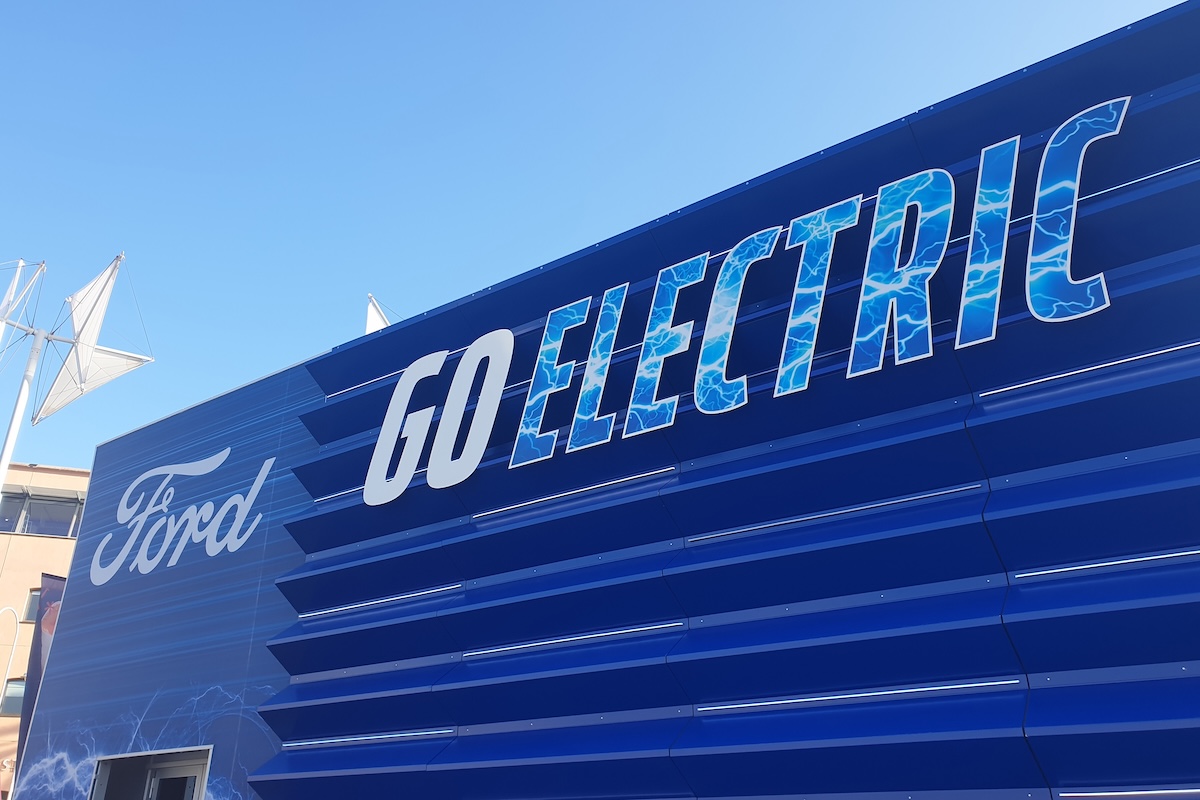
President Trump’s July decision to scrap the $7,500 federal tax credit for electric vehicle buyers — part of his sweeping Big Beautiful Bill Act — has set off a scramble in the auto industry.
EV makers are racing to move inventory before the credit disappears at the end of September, pulling forward demand that was originally expected to stretch into the next decade.
The credit, introduced under President Biden’s Inflation Reduction Act, was designed to run through 2032. Instead, it will now expire September 30, forcing both consumers and automakers to adjust.
For example, Ford (F) has tried to sweeten the deal by extending its complimentary home charger and installation offer through the end of September.
Other automakers are also leaning into promotions to make the most of the dwindling incentive window.
For buyers, the rules around eligibility have been murky. Ingrid Malmgren, senior policy director at Plug In America, told CNBC shortly after Trump signed the bill that urgency was high.
“It won’t be enough that consumers order one by Sept. 30 and take possession later,” she said at the time, citing IRS guidance that buyers “must be driving it off the lot by that deadline.”
IRS eases the deadline
That guidance has since shifted. In updated IRS FAQs released last week, the agency clarified that consumers don’t actually need to take possession by September 30 to qualify.
Instead, an EV simply needs to be “acquired” by the deadline, meaning a written binding contract is signed and a payment is made. That payment can be as small as a nominal downpayment or even a trade-in vehicle.
The car must still be “placed in service” to claim the credit, but the IRS broadened the definition. If a contract and payment are completed by September 30, consumers can take delivery afterward and still qualify.
In effect, the update opens the door for last-minute buyers to lock in the credit without rushing to drive off the lot before the deadline.
EV demand gets a boost
The looming expiration appears to be pulling demand forward. New EV sales in the U.S. rose 6.6% year-over-year in July, suggesting Trump’s move may have already motivated buyers to act while the $7,500 subsidy is still available.
Longer term, industry watchers expect growth to continue, even as the administration pulls back federal support. A New York Times analysis noted that while Trump’s policies may slow momentum, they are unlikely to derail the broader EV adoption curve.
Choice is also expanding. According to Electrek, U.S. consumers now have 75 EV models available, a 27% jump from a year earlier.
That growing lineup could help offset some of the policy headwinds, though affordability remains a question mark as tariffs and lost subsidies push prices higher.
For now, the clock is ticking. Buyers who want the $7,500 break still have just over a month to lock it in. Meanwhile, automakers are doing everything they can to make sure those last-minute shoppers show up.
Your email address will not be published. Required fields are markedmarked